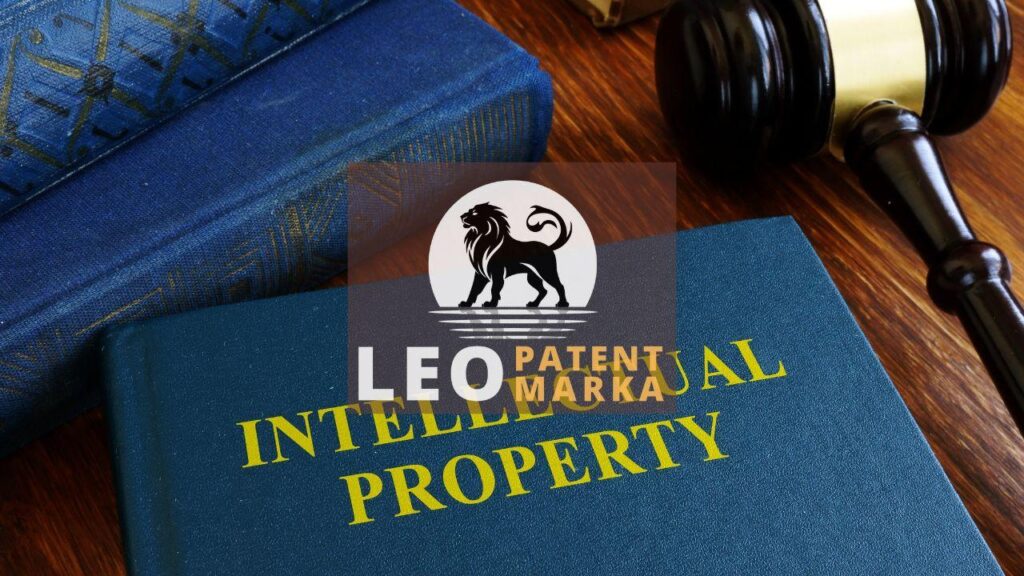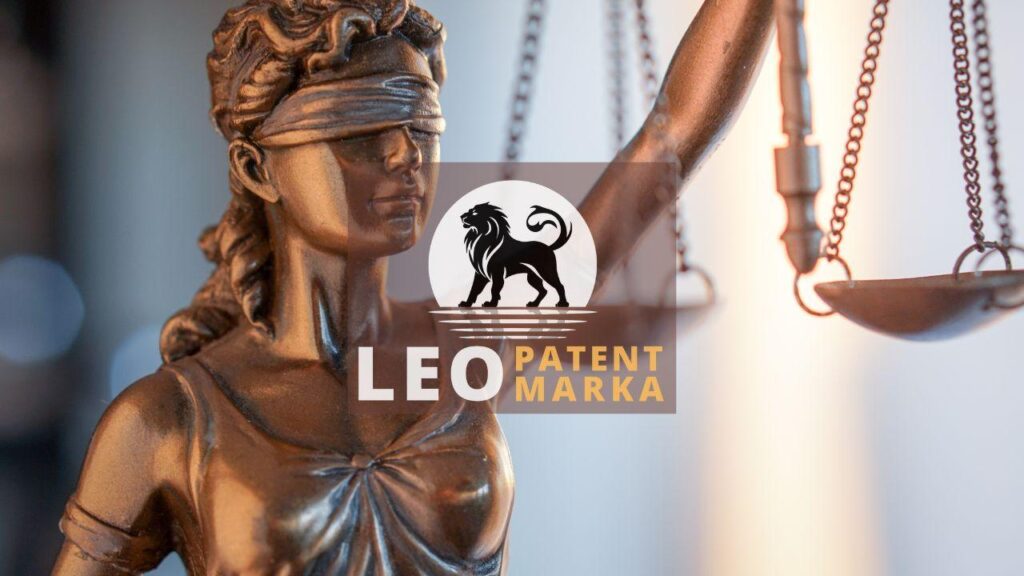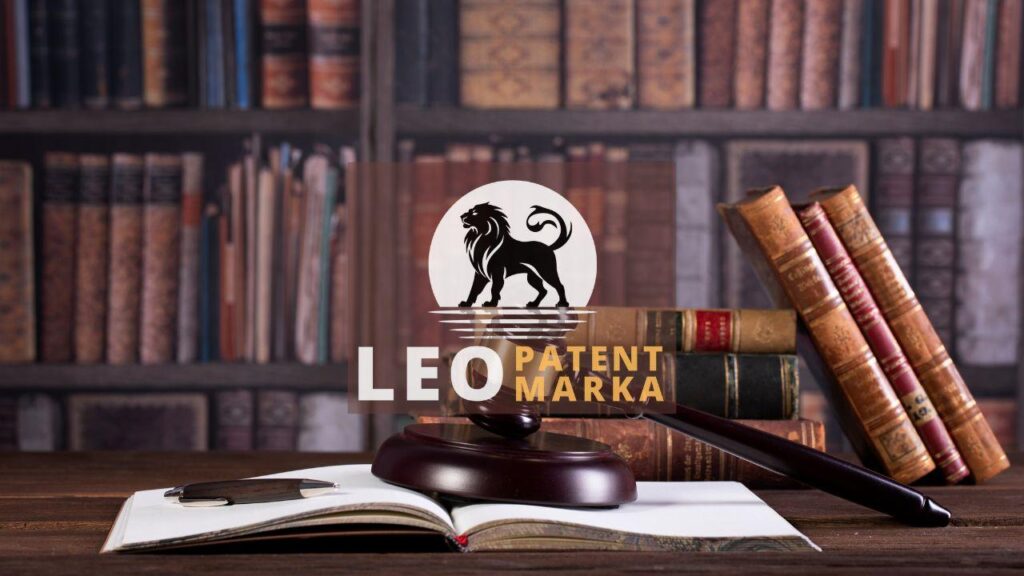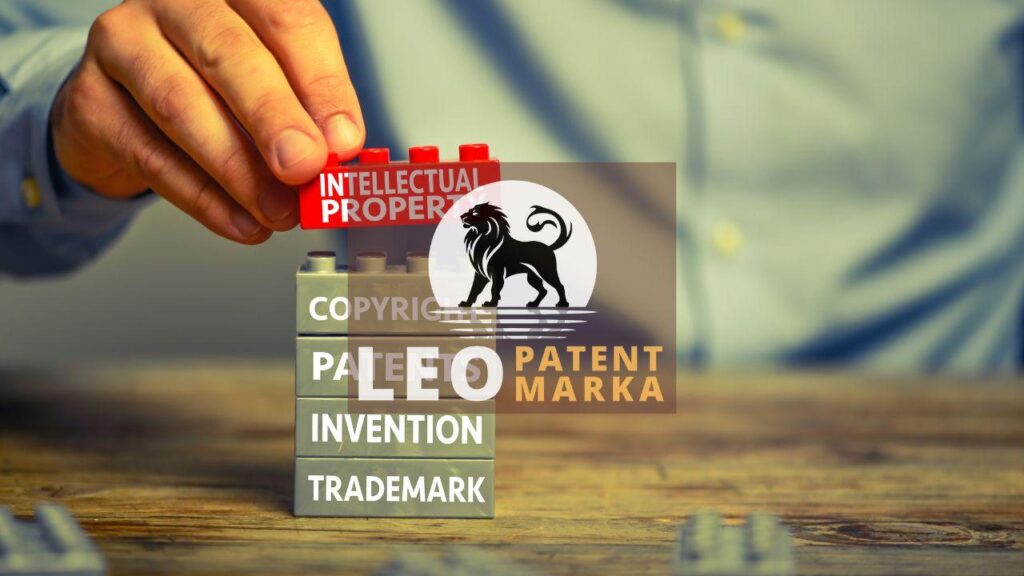Technology is reshaping how we approach IP enforcement. Gone are the days when traditional methods alone could protect intellectual property. Now, with the surge of digital advancements, new ways are emerging to safeguard creations. Technology IP enforcement is a game changer. It tackles challenges head-on and brings forth smarter solutions. Imagine the impact of technology on IP. It’s a digital armor that defends against breaches, offering robust digital rights enforcement. It’s more than just a change; it’s a revolution. IP protection innovations are not mere enhancements but essential tools in the modern world. They offer a shield against those trying to exploit creative genius. As businesses and creators adapt, understanding these technologies becomes crucial. Ignore them, and risk falling behind. Embrace them, and you nurture a future where intellectual property technology thrives. In this arena, staying ahead means learning, adapting, and leveraging technology to its fullest potential.
Innovative Tools for Enhanced Compliance Monitoring
Technology IP enforcement has transformed compliance monitoring into a sophisticated operation. Intricate algorithms and AI-driven processes now analyze vast data sets to pinpoint potential infringements. Intellectual property technology plays a vital role, akin to having a digital detective on constant patrol. This isn’t just innovation; it’s a necessity. Such IP protection innovations provide businesses with the capability to foresee breaches before they escalate. Imagine a world where digital rights enforcement isn’t reactive but proactive, identifying trouble before it strikes. This shift is monumental, pushing boundaries beyond traditional measures. By harnessing the impact of technology on IP, companies position themselves to swiftly adapt to threats. It’s as if they have an ever-watchful guardian, ensuring creative efforts are not only protected but respected. In today’s landscape, leveraging these tools effectively can mean the difference between staying competitive and falling to the wayside.
Innovative tools are at the forefront of transforming compliance monitoring, ushering in a new era of technology IP enforcement. Imagine harnessing the power of sophisticated AI and machine learning for real-time monitoring. This wave of intellectual property technology enhances the ability to protect valuable assets, ensuring a sharper response to potential infringements. It’s akin to having a digital sentry, always vigilant and ever-alert. These IP protection innovations go beyond mere surveillance; they enable predictive measures, catching breaches before they unfold. Digital rights enforcement has never been so dynamic, offering layers of protection that only advanced technology can afford. In this fast-paced landscape, the impact of technology on IP is profound, offering not only security but also foresight. By embracing these tools, businesses can navigate the complexities of modern IP protection with confidence, securing their creative futures and staying a step ahead of would-be infringers.
Innovative tools are revolutionizing technology IP enforcement by redefining compliance monitoring. Picture a system finely tuned by intellectual property technology, where adaptive algorithms and AI intuitively navigate vast data landscapes. The impact of technology on IP is significant, bringing precision and clarity to digital rights enforcement. Imagine these tools as the unsung hero, tirelessly watching over intellectual creations and ensuring they’re protected against potential threats. IP protection innovations are truly groundbreaking, empowering businesses to be proactive, not just reactive, in safeguarding their assets. This shift means breaches are addressed before they become critical, offering a robust defense in an unpredictable world. With such advancements, companies have the opportunity to bolster their defenses, fortifying their creative capital with cutting-edge technology. Embracing these developments in technology IP enforcement is not just smart; it’s essential in staying ahead in a world where vigilance and protection go hand in hand.
The Role of AI in Detecting Intellectual Property Infringement
Artificial Intelligence is revolutionizing the landscape of technology IP enforcement. Picture AI as a vigilant watchman, tirelessly monitoring vast digital terrains for potential intellectual property technology breaches. With its ability to analyze patterns and detect anomalies, AI acts as an automated guardian, identifying unauthorized use or reproduction with impressive precision. The impact of technology on IP cannot be overstated—AI’s algorithms sift through countless data points, providing timely alerts when infringement is suspected. This level of digital rights enforcement is transformative, offering businesses a proactive stance rather than a reactive scramble. IP protection innovations leveraging AI are essential in today’s fast-paced digital age. By harnessing these tools, companies can effectively guard their creative assets, ensuring that innovation remains rightfully theirs. As AI continues to evolve, its role in IP enforcement becomes an integral component of the broader strategy to protect and sustain intellectual property in a technology-driven world.
AI’s role in detecting intellectual property infringement is akin to having a digital detective on the case 24/7. Unlike human counterparts who may tire or overlook details, AI tirelessly scans the digital landscape, searching for signs of misuse or theft. It’s like having a radar that picks up the faintest blip of unauthorized activity. With AI’s sharp analytical skills, suspicious activities don’t slip through the cracks. Instead, they trigger digital rights enforcement measures, acting as a preemptive strike against infringement. The impact of technology on IP is profound, with AI leading the charge in spotting potential threats before they escalate into full-blown violations. These IP protection innovations mean that businesses can breathe easier, knowing their creative resources are under constant surveillance. By embracing technology IP enforcement, companies ensure that their intellectual property technology is not only protected but also diligently watched over by the most advanced tools available.
AI’s adaptability in technology IP enforcement is like a chameleon, adjusting its tactics to stay a step ahead of potential infringers. Its neural networks learn from new data patterns, ensuring that intellectual property technology remains shielded from emerging threats. Imagine AI weaving a net of intricate algorithms that tighten around suspicious activities as they become apparent. This dynamic defense mechanism captures anomalies and implements digital rights enforcement without delay. The impact of technology on IP is, therefore, a testament to AI’s agile methodology, adapting and growing with each challenge it faces. As businesses continue their quest for IP protection innovations, they find an indispensable ally in AI’s ever-evolving capabilities. It’s not just a matter of protection but also of empowerment—fortifying the creative spirit, allowing ventures to explore and innovate without fear. Through this tech-driven approach, companies fortify their stature in a competitive marketplace, staying fortified in the face of constant change.
Future Trends in Intellectual Property Management and Enforcement
Peering into the horizon of intellectual property technology, new trends are forging the path for effective IP enforcement. What’s the impact of technology on IP management? Think of it as equipping guardians with advanced digital rights enforcement tools. These IP protection innovations are transforming the landscape, making yesterday’s tactics seem archaic. Artificial intelligence, blockchain, and automated systems are becoming the stalwarts of technology IP enforcement. These aren’t just bells and whistles; they’re the critical defenses every innovator needs. Picture this: seamless global surveillance against infringement, instantaneous alerts, and automated dispute resolutions. This wave of change is not a distant future—it’s happening now. As these trends gain momentum, those who ride the wave will find themselves at the forefront of intellectual property protection, strategically poised to outpace competitors. So, what’s next? Embrace today’s technology IP enforcement to stay relevant in tomorrow’s IP battleground.
In the swiftly evolving arena of intellectual property management, technology IP enforcement is steering the ship toward a new era. Imagine a world where intellectual property technology seamlessly integrates into everyday operations, an ever-watchful guardian vigilantly protecting creative assets. With the impact of technology on IP, businesses can harness tools that automate and streamline processes, bringing unprecedented efficiency. Digital rights enforcement is no longer optional; it’s a necessity in today’s relentless march toward innovation. Think of AI-driven systems that identify potential infringements before they escalate, or blockchain technology creating immutable records of ownership. These IP protection innovations are not static; they’re dynamic forces, shaping the future. Companies embracing these advancements are not just shielded—they’re empowered, ready to navigate choppy waters with confidence. What’s on the horizon may seem daunting, but with the right tools, navigating this brave new world of IP management becomes a journey of opportunity and growth.
The future of intellectual property management is shaped by groundbreaking trends that redefine technology IP enforcement. Among these innovations, predictive analytics emerge as a key player. By analyzing patterns and behaviors, businesses can anticipate potential infringements, staying a step ahead. The dynamic nature of intellectual property technology means that boundaries will continuously shift as new tools develop. Augmented reality and virtual reality are pioneering pathways for digital rights enforcement, offering immersive environments to showcase and protect creations. Furthermore, IP protection innovations are harnessing the power of connected ecosystems, fostering collaboration and fortifying defenses. The impact of technology on IP is an ongoing journey, paving the way for more resilient and adaptable systems. As we look to the future, businesses should lean into these advancements. Adapting to these trends is more than just prudent—it’s vital for securing a competitive edge in this ever-evolving digital landscape.
Disclaimer: This article is for general information purposes only and it is recommended that you consult experts and companies in that field to evaluate your specific situation. We are not responsible for any damage that may arise from the use of the information in this article.







